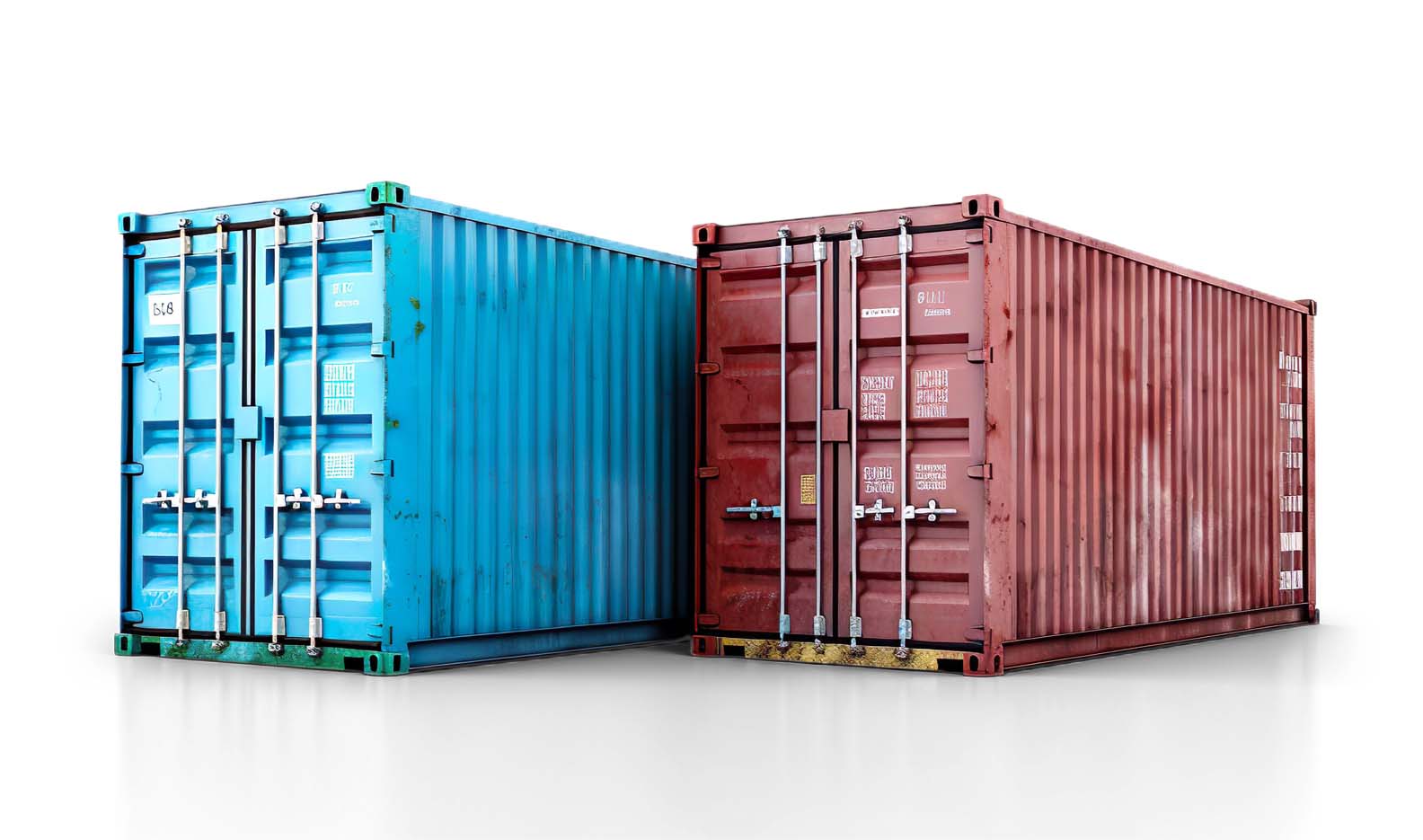
Container sizes and dimensions, which are essential elements of global trade, are critical in logistics processes. Among the most commonly used containers in our country and worldwide are the 20-foot and 40-foot containers, which are manufactured from durable and high-quality materials in terms of strength and safety. Containers are made of aluminum or stainless steel, allowing them to withstand harsh sea and land transportation conditions for many years. Container dimensions are determined according to international standards, enabling seamless transportation within the global trade network. Container sizes include not only external measurements but also internal volume, load capacity, and weight limits. This standardization increases the efficiency of intermodal transportation, facilitating cargo loading and unloading processes.
Standard Container Dimensions

Standard container dimensions are of critical importance in international trade and transportation. Cargo container dimensions are generally standard but vary depending on content and usage purpose. There are two most commonly used container sizes. The 20-foot container dimensions are approximately 6 meters long, making them ideal for smaller volume loads. Conversely, the 40-foot container dimensions are approximately 12 meters long and preferred for larger volume loads. These two container types differ physically in size. Their transportation purposes also differ because some containers are equipped with cooling systems, while others are suitable for liquid transportation. However, all are designed for cargo transportation purposes. Container dimensions are an important factor in logistics planning, calculating shipping costs, and organizing storage areas.
20-foot container dimensions (20 DC):
- External length: 6.06 m
- External width: 2.44 m
- External height: 2.59 m
- Capacity: Approximately 33 m³
40-foot container dimensions (40 DC):
- External length: 12.2 m
- External width: 2.44 m
- External height: 2.59 m
- Capacity: Approximately 67 m³
What Are 40 HC Container Dimensions?
“HC” or High Cube containers are preferred especially for loads with higher height.
40 HC container dimensions:
- External length: 12.2 m
- External width: 2.44 m
- External height: 2.89 m
- Capacity: Approximately 76 m³
40-foot HC containers offer about 9 m³ more capacity than standard 40-foot containers. This difference provides a significant advantage for large loads.
Ship Container Dimensions: Compliance with International Standards
Ship container dimensions are produced according to specific standards worldwide. This ensures that containers are compatible with different ports and transportation vehicles across countries. International standards are based on container sizes of 20 feet and 40 feet, which are respectively called TEU and FEU. ISO standards precisely define container sizes, weight limits, and durability features, allowing global trade to operate smoothly. If you are engaged in maritime transportation, it is essential to be familiar with ship container dimensions. Details such as volume, hatch opening, and internal height play a critical role, especially for bulk or stacked products. A standard 20-foot container has a volume of about 33 cubic meters, while a 40-foot high-cube container can reach up to 76 cubic meters.
How to Choose Cargo Container Sizes?
Choosing the correct cargo container dimensions is crucial for cost and efficiency in international transportation. You should select cargo container sizes by considering the volume, weight, stacking methods, and packaging dimensions of the goods to be transported. The 20-foot container is generally suitable for heavy and bulky products. The 40-foot or 40-foot HC containers are ideal for voluminous products. For example, heavy loads such as iron, steel, or machine parts are preferred in 20-foot containers, while furniture, textiles, or automotive parts, which are voluminous but relatively lighter, are better suited for 40-foot containers.
What Does 20 DC Container Dimensions Mean?
20 DC container dimensions refer to a standard container size used in international transportation. The “DC” abbreviation stands for “Dry Container.” These containers are 20 feet long, typically 8 feet wide, and 8.5 feet high. 20 DC containers offer a cost-effective solution for smaller volume loads and are a fundamental part of global logistics operations.





